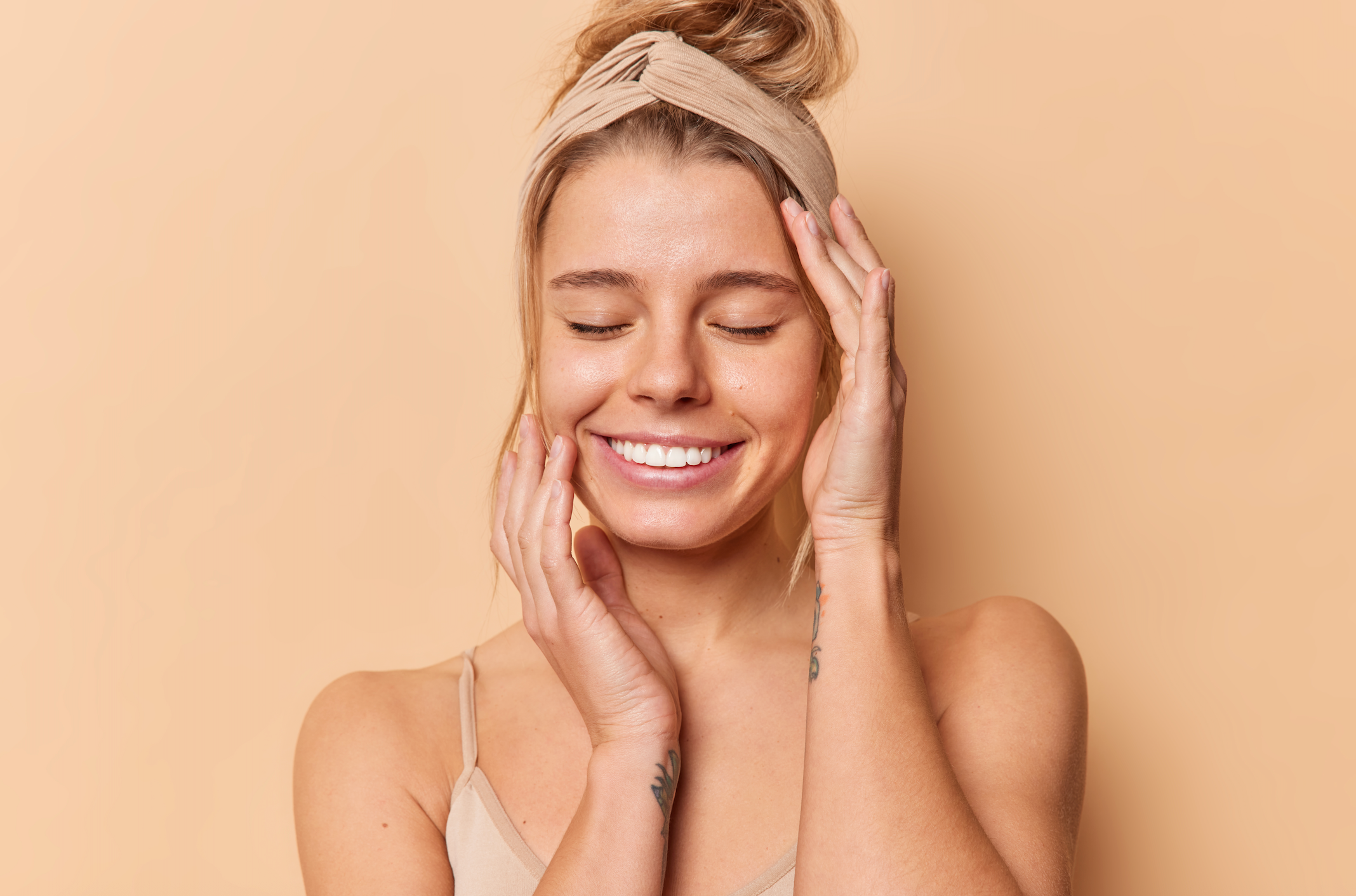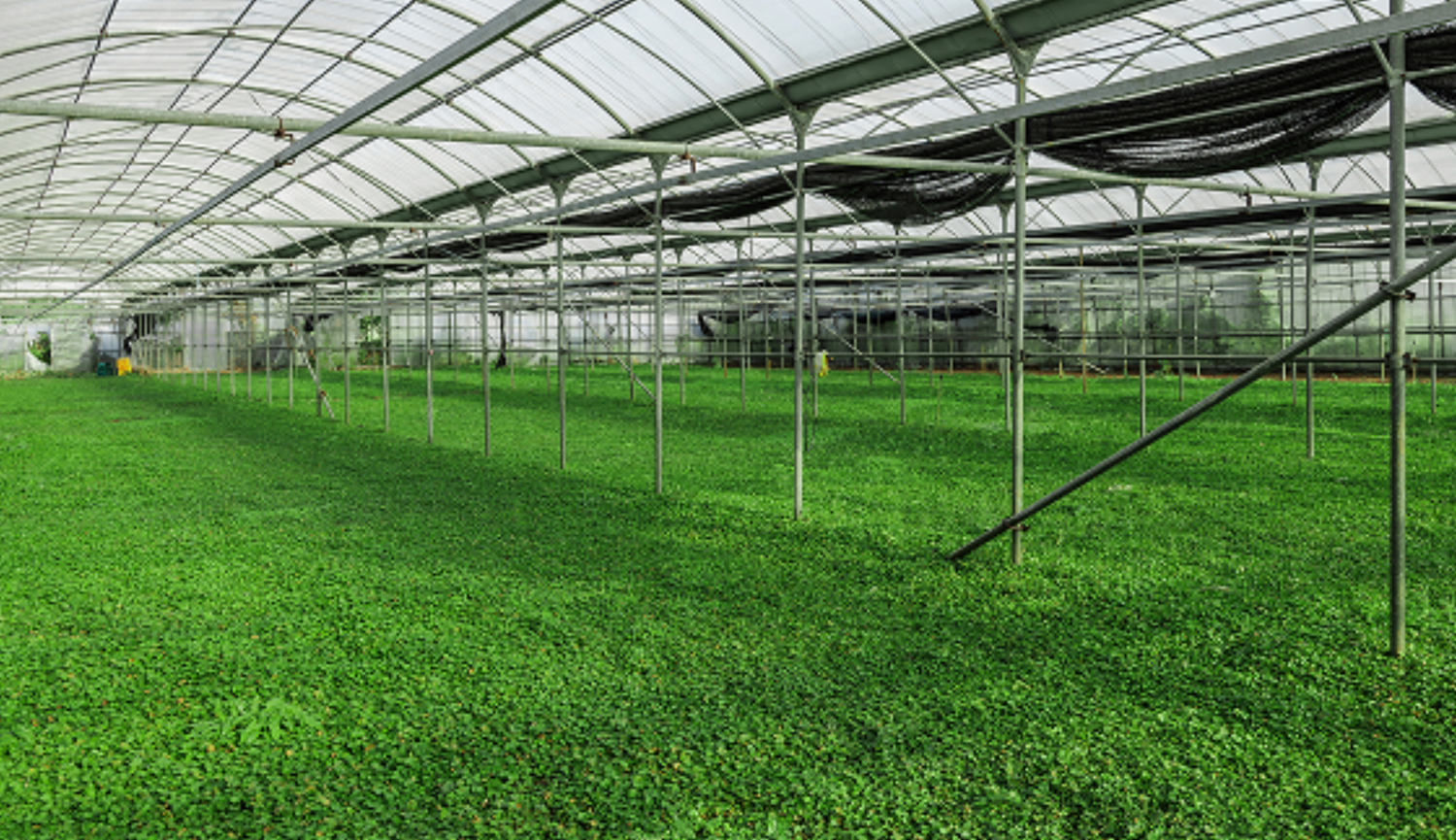If you’ve ever wondered why your face appears shiny after a multi-step routine, don't worry—you’re not alone. Whether you're embracing the Incellderm (ICD) line from Riman or exploring Korean skincare, achieving that coveted K‑Beauty glow can sometimes feel like a balancing act between hydrated radiance and unwanted oil. Here's how to tell the difference—and make sure your skin looks like a healthy glow, not a skincare slip.
1. What Causes the Post‑Routine Shine?
Before blaming your cleanser or cream, let’s break down what might actually be happening:
-
Hydration's Dewy Effect: Many K‑Beauty products, particularly Incellderm’s ICD line, deliver deeply hydrating ingredients—like Jeju Lava Energy Water, Giant Centella Asiatica (BYoungPool) leaf extracts, and nanoliposome delivery systems—that bring out a luminous, dewy glow.
-
Layering Light Emollients: Thin-toned serums, ampoules, and lightweight creams can stack up into a reflective surface, especially if you’re using Incellderm’s microfluidizer technology or Radiansome™100 formulas.
-
Occlusives at the End: If your final step includes a rich cream or barrier-sealing component (common in ICD routines), the shine might be a sign of moisturization—not oil overload.
2. Hydrated Glow vs. True Oiliness: How to Tell the Difference
Knowing whether your skin is hydrated or oily helps you adjust your routine more accurately.
| Sign | Hydrated (Glow) | Oily (Excess) |
|---|---|---|
| Feel | Plump, springy, smooth | Slick, greasy, heavy |
| Visual | Natural shine that softens throughout the day | Persistent shine, primarily in T‑zone, intensifies as day goes on |
| Concern | Comfortable skin, minimal breakouts | Clogged pores, frequent breakouts, makeup slippage |
| Touch | Slight tackiness early, then absorbs | Feels slick even hours later |
If your skin feels springy, looks glowy (not greasy), and doesn’t trigger constant breakouts, you’re most likely hydrated—not oily.
3. Why Your Skin Looks Oily After Applying Products
Here’s what might actually be at play:
-
Dewy Finish Intended: Many ICD formulations deliver reflective, glass-skin effects—exactly what K‑Beauty is known for.
-
Layer Buildup: Fine plant extracts and liposome delivery systems pack a punch but can create visible glow when layered.
-
Protective Film from Occlusives: Rich creams like ICD Dermatology Cream are designed to seal moisture in. That slight sheen? Totally intentional for skin nourishment.
4. How to Tone Down Shine Without Ditching Hydration
Want to keep skin supple but avoid looking greasy? Try these tweaks:
-
Double Cleanse, Gently: Start with a mild oil cleanser, then follow with a gentle cleanser—like Snow Enzyme Cleanser EX—to prep skin without stripping it.
-
Lighten Up Layer Textures: Opt for lighter toners and serums, such as Radiansome™100 Toner or Ampoule, before heavier creams.
-
Dot, Don’t Slather: Apply richer creams only to dry zones; use gels, such as Calming Balance Gel, or lighter products on your T‑zone.
-
Let Layers Settle: Wait 30–60 seconds between steps so each can absorb fully.
-
Blot, Don’t Wash Mid‑Day: Use blotting papers to absorb excess shine without removing hydration.
-
Finish with Matte SPF: Choose a matte or semi-matte sunscreen to counter shine.
5. Makeup Over Layers: How to Keep It Fresh, Not Greasy
Applying makeup over a full skincare routine? Here’s how to avoid meltdown:
-
Absorb Excess Before Foundation: Gently press skincare in with palms—dab away surface shine.
-
Use a Mattifying Primer: Helps makeup sit well and reduces midday shine.
-
Choose Lightweight Formulas: Tinted moisturizers or BB creams (like ICD Sheer Glow BB) deliver coverage with a dewy yet not greasy look.
-
Apply with a Damp Sponge: Presses product without disturbing the skincare beneath.
-
Set Strategically: Lightly powder just the T‑zone—avoid over-powdering.
-
Set with Spray: A setting spray, such as ICD Set & Stay Makeup Spray, melds layers and reduces powdery finish.
6. When to Be Concerned About Persistent Oiliness
If shine feels heavy, starts early, and pairs with breakouts, consider:
-
Your Skin Is Actually Oily: Maybe your skin is compensating for dehydration by overproducing sebum.
-
You Might Be Overloading Layers: Multiple active treatments can irritate the barrier and drive oil production.
-
Some Ingredients Could Be Irritating: Watch for reactions—blooms of oiliness can follow barrier disruption.
If comfortable and clear, your “shine” may just be hydrated glow.
7. Why That Healthy Glow = K‑Beauty Done Right
Here’s how ICD products from Riman support that glow—not oiliness:
-
Advanced Delivery Technology: Microfluidizer and liposome systems help active ingredients penetrate layers efficiently, delivering hydration without residue.
-
Jeju Lava Energy Water + Giant BYoungPool (Centella Asiatica): Gently soothes, strengthens elasticity, and promotes glowing skin health.
-
Clinically Tested Creams: ICD Dermatology Cream shows improved moisture and skin barrier without greasiness.
8. Bonus: Quick Routine Adjustments for a Balanced Glow
-
Use less cream or only on cheeks
-
Swap for a lightweight gel in oily areas
-
Try blotting throughout the day
-
Alternate rich nights with lighter ones
-
Finish with a powder or matte SPF in targeted zones
The Bottom Line
That post‑skincare shine isn’t always your skin turning greasy—it’s often proof you’ve achieved hydration, especially within a K‑Beauty or Incellderm (ICD) routine. The difference between oil and glow comes down to feel, consistency, and how your skin behaves afterward.
With a few tweaks—like adjusting textures, timing, and makeup layers—you can keep that radiant, healthy shine without looking slick. Embrace the science-backed glow, not the grease.





